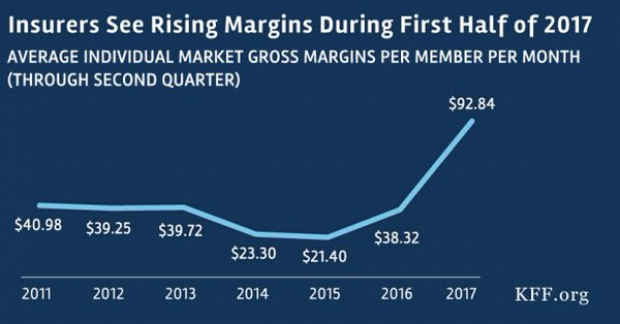Why Are Nearly 40 Million American Adults Not Using the Internet?

For most of use, the Internet is inescapable. We use the Web for everything from paying bills and writing emails to signing up for health insurance and watching our favorite shows.
However, a surprisingly large number of adults in the U.S. have resisted the siren call of the digital life. According to new data from Pew Research, 15% of the adult U.S. population is not online.
Who makes up this group of Internet naysayers? Here are some highlights:
- Unsurprisingly, adults aged 65 and older make up the largest single age group (39 percent) most likely to say they never go online.
- The higher the level of educational achievement, the greater the likelihood of Internet usage. For adults with less than a high school education, a third do not use the Internet.
- Household income is also a significant factor. Adults in the most affluent households are eight times more likely to use the Internet than adults in households with an income of less than $30,000 per year. Nineteen percent of the non-users cite the high expense of Internet service or owning a computer.
- Americans living in rural areas are twice as likely as individuals in urban or suburban regions to not use the Internet.
- As for race and ethnicity, 20 percent of blacks and 18 percent of Hispanics do not use the Internet, compared with 14 percent of whites and 5 percent of English-speaking Asian-Americans.
- While 34 percent of people who do not use the Internet choose not to, for others it’s not a choice, according to an earlier Pew report.
- Thirty-two percent say the Internet is too complicated or difficult to use.
Budget ‘Chaos’ Threatens Army Reset: Retired General
One thing is standing in the way of a major ongoing effort to reset the U.S. Army, writes Carter Ham, a retired four-star general who’s now president and CEO of the Association of the U.S. Army, at Defense One. “The problem is the Washington, D.C., budget quagmire.”
The issue is more than just a matter of funding levels. “What hurts more is the erratic, unreliable and downright harmful federal budget process,” which has forced the Army to plan based on stopgap “continuing resolutions” instead of approved budgets for nine straight fiscal years. “A slowdown in combat-related training, production delays in new weapons, and a postponement of increases in Army troop levels are among the immediate impacts of operating under this ill-named continuing resolution. It’s not continuous and it certainly doesn’t display resolve.”
Pentagon Pushes for Faster F-35 Cost Cuts

The Pentagon has taken over cost-cutting efforts for the F-35 program, which has been plagued by years of cost overruns, production delays and technical problems. The Defense Department rejected a cost-saving plan proposed by contractors including principal manufacturer Lockheed Martin as being too slow to produce substantial savings. Instead, it gave Lockheed a $60 million contract “to pursue further efficiency measures, with more oversight of how the money was spent,” The Wall Street Journal’s Doug Cameron reports. F-35 program leaders “say they want more of the cost-saving effort directed at smaller suppliers that haven’t been pressured enough.” The Pentagon plans to cut the price of the F-35A model used by the Air Force from a recent $94.6 million each to around $80 million by 2020. Overall, the price of developing the F-35 has climbed above $400 billion, with the total program cost now projected at $1.53 trillion. (Wall Street Journal, CNBC)
Chart of the Day - October 6, 2017
Financial performance for insurers in the individual Obamacare markets is improving, driven by higher premiums and slower growth in claims. This suggests that the market is stabilizing. (Kaiser Family Foundation)
Quote of the Day - October 5, 2017
"The train's left the station, and if you're a budget hawk, you were left at the station." -- Rep. Mark Sanford, R-S.C.


